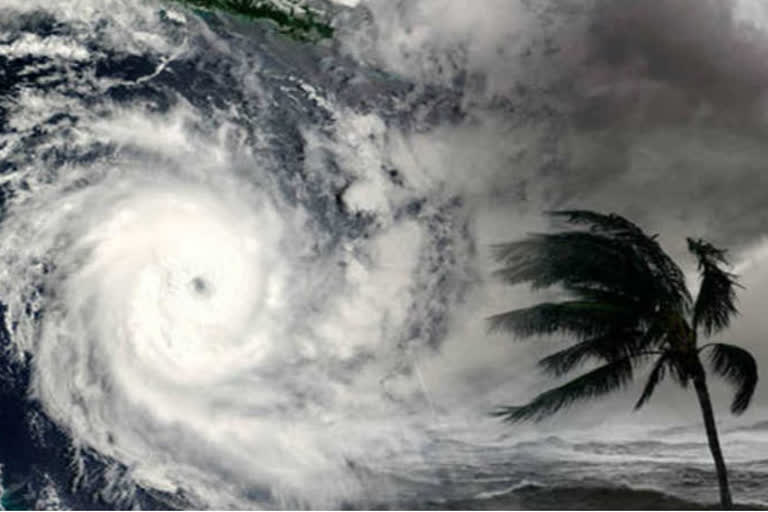Bengaluru: Large-scale weather events, such as monsoons and tropical cyclones, can now be more accurately predicted, findings from a joint India-UK research project show, the IISc, Bengaluru, said on Thursday.
Using a research vessel in the southern Bay of Bengal, the teams from the Indian Institute of Science, Bengaluru and University of East Anglia (UEA) in the United Kingdom and several Indian institutions created a blueprint for future weather system observational experiments, critical for forecasting things such as rainfall amounts, the IISc said in a statement.
"This could mean, for example, that Asian farmers are able to determine the optimal time for planting crops and what will grow best based on expected levels of rainfall," the statement read.
According to the IISc, the research project was led by Prof PN Vinayachandran of the Centre for Atmospheric and Oceanic Sciences at the IISc and Prof Adrian Matthews, of the Centre for Ocean and Atmospheric Sciences in UEA s School of Environmental Sciences and School of Mathematics.
The findings, 'Closing the sea surface mixed layer temperature budget from in situ observations alone: Operation Advection during BoBBLE', are published in Nature Scientific Reports, said the statement.
The project was jointly funded by the Ministry of Earth Sciences, Government of India, and the Natural Environment Research Council (NERC), UK.
Read: Centre to expand Jal Shakti Abhiyan activities during monsoon
The project also included researchers from Cochin University of Science and Technology, Kochi; the CSIR - National Institute of Oceanography, Goa; Visakhapatnam, the Indian National Centre for Ocean Information Services, Ministry of Earth Sciences.
"Time series of oceanographic properties, including temperature, salinity, velocity, underwater radiation and subsurface mixing, along with surface fluxes of heat, were calculated from shipboard measurements onboard RV Sindhu Sadhana in the southern Bay of Bengal during the boreal summer monsoon of 2016.
The measurements were made continuously for 11 days, using a novel combination of ship-based and autonomous platforms, such as ocean gliders," the release added.
Professors Matthews and Vinayachandran were quoted as saying that cloud formation in the monsoon regions is crucially dependent on the temperature of the ocean beneath.
Therefore, accurate determination of the sea surface temperature in models is absolutely essential.
"Forecasting monsoon rainfall requires accurate simulation of the Sea Surface Temperature, and inadequate information may also hinder predictions of climate change on monsoon rainfall," they noted.
Variability in tropical SST, in turn, influences large-scale ocean-atmosphere interaction processes such as the Asian monsoon, El Nino, tropical cyclones and expansion of sea ice in the Antarctic, the scientists explained.
They noted that the study in the Bay of Bengal served as a blueprint for future observational campaigns that aim to determine the scale and impact of weather systems.
(PTI Report)
Also Read: Normal monsoon this year: IMD



